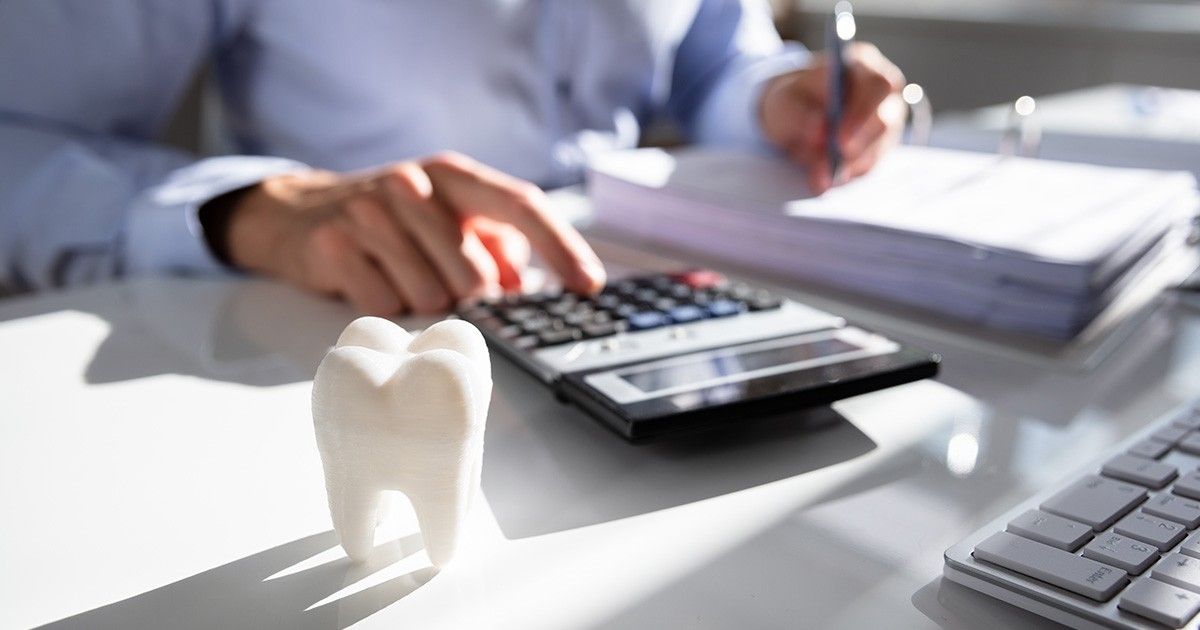Tax Consequences of Selling or Buying a Dental Practice

When considering the sale of your dental practice, it’s important to consider the tax consequences.
Specifically, you’ll want to investigate how much of the final sale price is allocated towards your practice’s assets.
This includes items like furniture, fixtures, equipment, dental supplies, patient files, and goodwill of the current practice.
Each party in the buying process has different priorities. The buyer wants to accelerate the tax deduction on the assets purchased, while the seller looks to minimize the income tax owed based on the sale price.
With this in mind, below are some tax consequences for both parties involved in the sale of a dental practice.
Buyer Tax Consequences
The buyer should keep a detailed record of which assets from the sale are included in the final sale price. A simple inventory spreadsheet does the trick. After this documentation, he’ll need to deduct the cost of each asset accordingly.
Each item acquired within the practice comes with a different cost and depreciation value. For example: furniture, light fixtures, and dental equipment depreciate over time. Tax codes require a five to seven year pay-off period.
The goodwill of the purchased practice requires a different path to write off. It will take fifteen years for the goodwill to be repaid. Therefore, when initiating the purchase, the buyer should allocate a majority of the purchase to the items that depreciate quicker and less to the goodwill.
Seller Tax Consequences
The seller will face a hefty income tax on the profits from the sale. The selling dentist is taxed on the difference between the sale price and the tax basis. However, the seller is at an advantage by having the power to allocate his assets how he sees fit.
It may seem obvious, but many sellers don’t realize they need to divide the sale price heavily towards assets that will produce long-term capital and less toward assets that lead to ordinary income.
Ordinary income is defined as any profit made from dental supplies, furniture, fixtures, and equipment. These items are valued based on the original purchase price minus the claimed depreciation. The goodwill of the practice grows in value over time, so it is categorized as a long-term, capital gain.
The non-corporate federal tax rates on the profits from the sale will fluctuate based on the seller’s annual income. Items that fall under ordinary income will face a tax rate somewhere between 10-35%.
Finally, long-term gains from the goodwill of your practice maintain a flat rate at 15%, and your income will never change that. For corporate taxes, there is no difference in rates between ordinary income and capital gains.
CONTACT US
4411 Suwanee Dam Road, Suite 420
Suwanee, GA 30024
USEFUL LINKS
STAY INFORMED
You need a helping hand with your project?
We will get back to you as soon as possible
Please try again later


